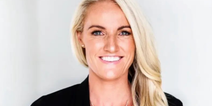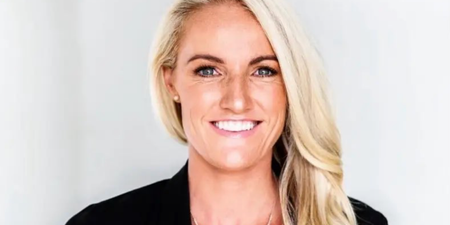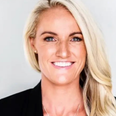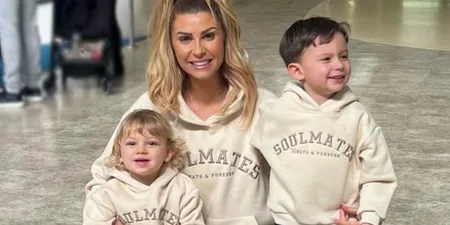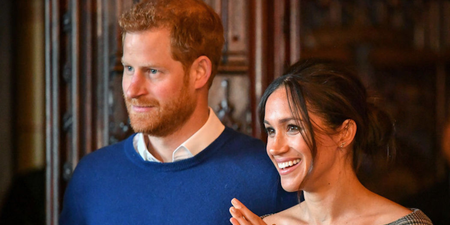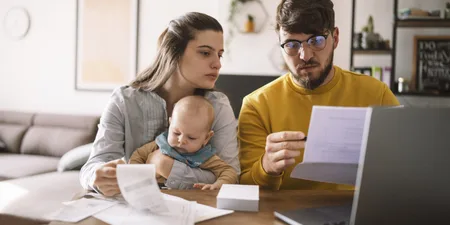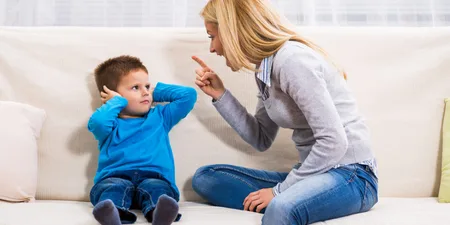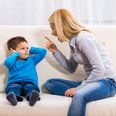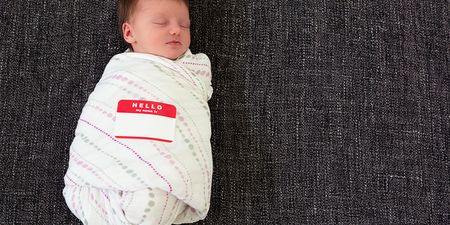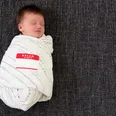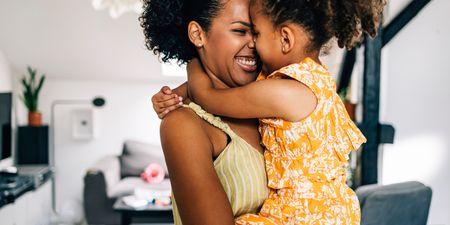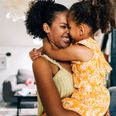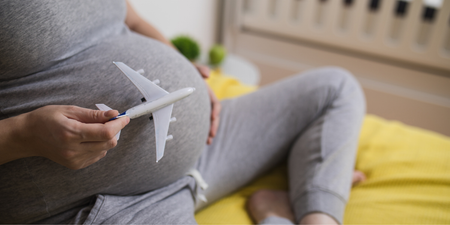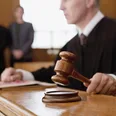Who doesn’t love a good Disney princess movie?! (Says your one who has watched Frozen exactly 71 times…)
Anyway, despite the fact that they have given us totally unrealistic expectations about hair, were you aware that there is an even bigger problem with the Disney ladies that deserves some talking about?
Next time you are forced to watch Tangled for the godzillionth time, try to pause the sing-song (and hair-envy) for a moment, and see if you can figure out who is doing the majority of the talking.
The reason? According to a new study, highlighted recently by The Washington Post, it is predominantly the male characters (even in a princess movie!) that are dominating the dialogue.
Carmen Fought and Karen Eisenhauer from North Carolina State University in the US have been analyzing all the dialogue from a variety of Disney princess movies, from older to more recent ones, and they presented their preliminary findings at the Linguistic Society of America’s annual meeting earlier this month. What they had done, was crunch the numbers to figure out how often male and female characters spoke, as in, who had more dialogue.
What is surprising, in a way, is that the gender balance was actually better back in the day. In Snow White, men and women have an equal number of lines. In Cinderella, 60 percent of the dialogue is female, and in Sleeping Beauty it is even better, with 71 percent of the lines coming from female characters.
But then things started to change, and when the “renaissance” of Disney movies happened sometime between the 1980s and the 1990s, somehow the men and what they had to say for themselves became a whole lot more important, apparently.
In The Little Mermaid, for instance, men account for 68 percent of the dialogue, while in Beauty and the Beast, those numbers rise to 71 percent. And get this: In Pocahontas men have 76 percent of the dialogue, 77 percent in Mulan and a whopping 90 percent of words spoken in Aladdin are done so by men.
What is the reason behind this disparity, you might be wondering? Well, according to the researchers, newer Disney films have much bigger casts than the old-school ones, and those ensembles are usually pretty heavily male. Go figure. In a princess movie.
“My best guess is that it’s carelessness, because we’re so trained to think that male is the norm,” Eisenhauer told the Washington Post. “So when you want to add a shopkeeper, that shopkeeper is a man. Or you add a guard, that guard is a man. I think that’s just really ingrained in our culture.”
And when you think about it, usually, the female side characters in princess movies don’t have a ton of agency (apart from the hair upkeep), and exist only to find a husband or do domestic tasks. And this is what our little girls are gorging on.
Yikes.
And although things have improved slightly the last couple of years, Disney is still a long way off having movies that are truly female lead.
In The Princess and the Frog and Frozen, men still talked more than half of the time, but on the other side; Tangled had 52 percent female dialogue and 74 percent of Brave‘s lines came from women. Go Merida!
But seriously; Disney; even princesses could totally do with an entourage of other powerful women to have their back when times get tough!




